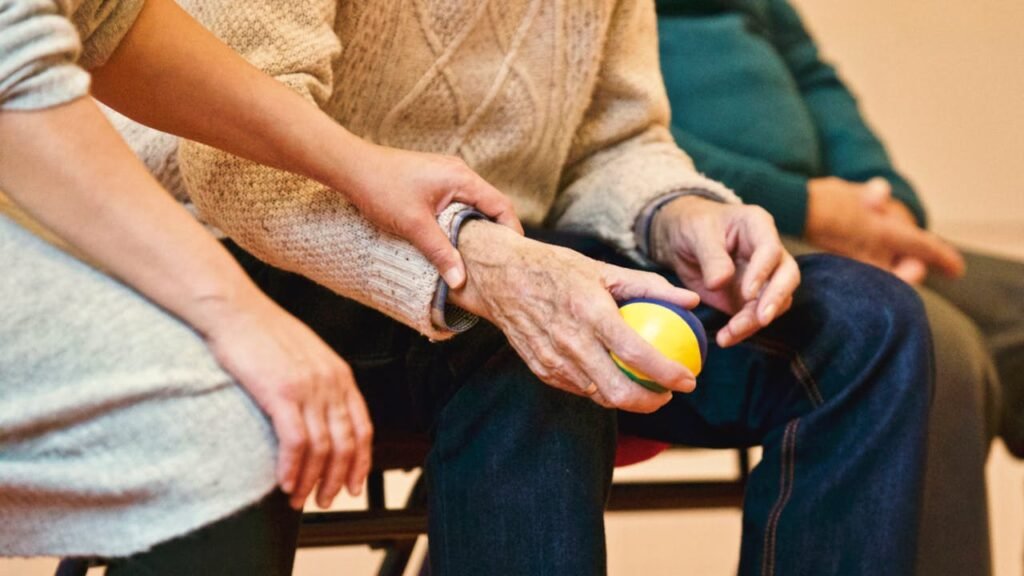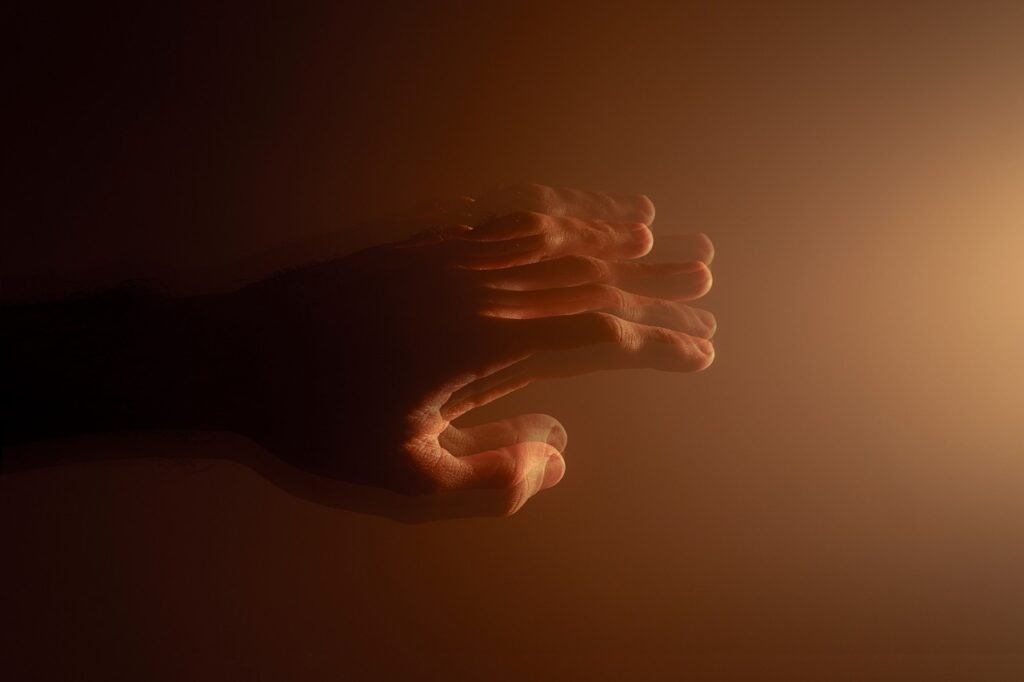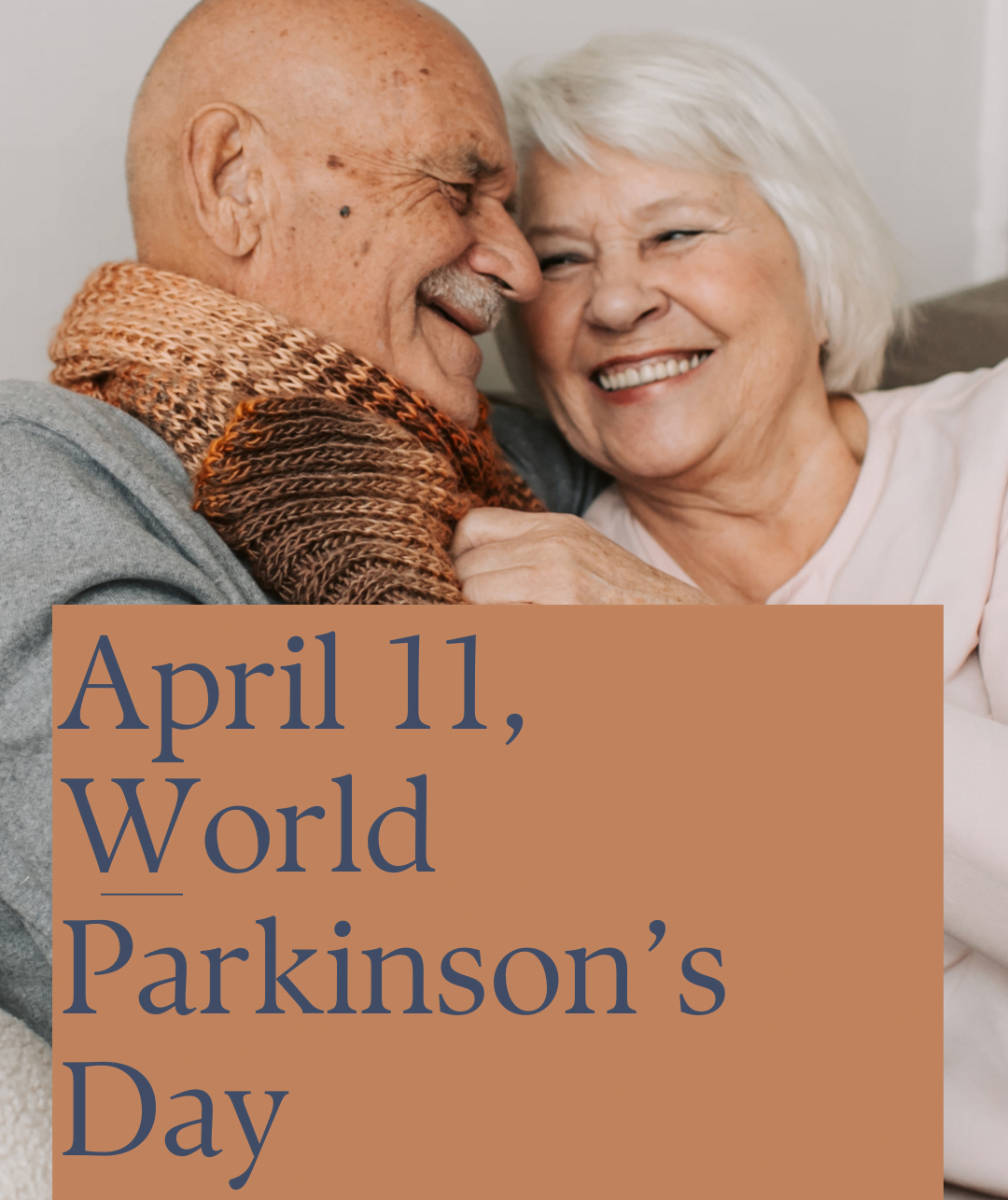Parkinson’s disease is very important nervous system disorder, creating many challenges for patients and their families. Understanding its causes, effects, and treatments makes the life of the patient easier to cope with and reduces the negative impacts of daily life.

World Parkinson’s Day
On April 11, World Parkinson’s Day is observed to educate people about this condition. This day is the birthday of Dr. James Parkinson, the first person who recognize this medical condition and wrote an essay on it in 1817.
Signs of Parkinson’s disease
Motor Symptoms of Parkinson’s Disease
The disease is mainly caused by motor neuron dysfunction, which includes symptoms like…
- Tremors
- Stiffness
- Impaired balance
- Bradykinesia (slowed movement)
These conditions make the impact of Parkinson’s disease severe if it goes on for a long time.

Non-Motor Symptoms of Parkinson’s Disease
There are many other symptoms other than motor neuron systems.
- Cognitive changes
- Mood swings
- Sleep disturbances
- Autonomic dysfunction
These symptoms help to understand the level of disease that defines the management strategies for patients.
Causes and Risk Factors
The symptoms of Parkinson’s disease are not exactly defined, but there are multiple genetic and environmental factors that play a vital role in the intensity of the disease. These are as follows:
- Age
- family history
- exposure to certain toxins
Diagnosis and Medical Evaluation
The first step in the diagnosis of Parkinson’s disease includes the neurological evaluation and estimation of symptom development in the patient. The diagnosis can be more effective with an imaging test. Certain drugs have also helped diagnose the disease through their medication responses.
Treatment Options for Parkinson’s Disease
Parkinson disease is a very multifaceted neurodegenerative disease that has many challenges to combat. There is no obvious cure or treatment for this disease, but many management methods can be used to make the patient’s life easier, manage the symptoms, and slow the rate of progression of Parkinson’s disease.

Medications
Levodopa
Motor symptoms can be managed through the combination of levodopa and carbidopa. It helps to maintain the dopamine level in the brain, which alleviates the stiffness, slow walking, and tremors of Parkinson’s patients.
Dopamine Agonists
Dopamine provides relief to patients and makes the situation better for them. Dopamine is given as initial therapy with levodopa.
MAO-B Inhibitors
Motor function can be improved by the use of an inhibitor for the breakdown of dopamine. For this purpose, monoamine oxidase type B (MAO-B) inhibitors are used to maintain the long-term function of dopamine and improve motor functions. All these therapies, combined with levodopa therapy, provide effective solutions to disease.
Therapies
Physical Therapy
Physical strength loss in Parkinson’s disease, so these conditions can be managed if the mobility and flexibility conditions improve through physical therapies. Different exercises and techniques help to maintain control over the body, improve the walk, and reduce the risk of falling.
Occupational Therapy
There are many lifestyle changes that improve the daily quality of life and increase the independence of patients. The changes help to adapt to the home, independence, and energy conservation of the body, which lead to better outcomes for patients with this disease.
Speech Therapy
The patient has difficulty swallowing and speaking. There are many ways to improve speech modulation and communication. Different techniques can be applied to improve communication and make life easier for Parkinson’s patients.
Surgical Procedures
Deep Brain Stimulation (DBS)
To alleviate neural or motor dysfunctions, some specific electrodes can be implanted through deep Brain Stimulations (DBS) that supervise motor functions and modulate neural activities. The surgical procedures give relief in advance stages of disease.
Duopa Therapy
There is another therapy for the normal functioning of motor nerves by diffusing the levodopa directly into the small intestine. This can maintain the constant level of drugs in the body and improve the body conditions of patients. Patients with refractory motor fluctuations can be treated with this.
Alternative and complementary Treatments
- Acupuncture
- Herbal Supplements
- Lifestyle Modifications
- Diet and Nutrition
- Exercise Routines
- Stress Management Techniques
Clinical trials and Emerging Treatments
There are new advancements in treatment technologies that improve investigational treatments, including stem cell transplantation, neuroprotective agents, and gene therapy.
Conclusion
Parkinson’s disease has many challenges and difficulties in the daily lives of patients. It requires integrated care routines, including medication, exercise, and lifestyle changes, to navigate life with dignity and resilience.
FAQs
What are the main reasons of Parkinson’s disease?
The key cause of Parkinson’s disease is unknown, as there are different genetic and environmental factors contributing to the dysfunction of motor nerves.
Is it possible to recover from Parkinson’s disease?
In Parkinson’s disease, a complete cure is not possible, but the symptoms can be slowed and controlled through lifestyle change, exercise, and medication.

